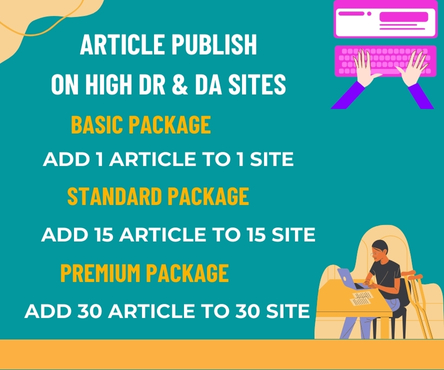The process of organ transplantation is a complex and highly coordinated endeavor that requires precision, speed, and reliability. One critical aspect of this process is transplant scheduling, which involves matching donor organs with recipients, allocating resources, and coordinating with surgical teams. However, manual scheduling methods can lead to inefficiencies, errors, and delays, ultimately affecting patient outcomes. This is where automation comes in – to revolutionize transplant scheduling and improve the efficiency of organ transplantation. Visit transplant scheduling automation
The Challenges of Manual Scheduling
Traditional transplant scheduling methods rely heavily on manual processes, including phone calls, emails, and paper-based records. These methods are prone to errors, miscommunication, and delays, which can have serious consequences for patients awaiting transplantation. Moreover, manual scheduling can lead to:
- Inefficient use of resources: Operating rooms, surgical teams, and equipment may be underutilized or overbooked, resulting in wasted resources and increased costs.
- Prolonged cold ischemia times: Delays in transplantation can lead to organ deterioration, reducing the chances of successful transplantation.
- Increased risk of human error: Manual scheduling increases the likelihood of mistakes, such as incorrect patient or organ information, which can have devastating consequences.
The Benefits of Automation
Automating transplant scheduling can significantly improve the efficiency and effectiveness of the transplantation process. Some benefits of automation include:
- Improved accuracy: Automated systems reduce the risk of human error, ensuring that patient and organ information is accurate and up-to-date.
- Enhanced coordination: Automation enables real-time communication and coordination between surgical teams, organ procurement organizations, and other stakeholders.
- Optimized resource allocation: Automated systems can allocate resources more efficiently, reducing waste and improving patient outcomes.
- Faster transplantation: Automation can reduce cold ischemia times, increasing the chances of successful transplantation.
- Data-driven insights: Automated systems can provide valuable insights into transplant scheduling data, enabling data-driven decision-making.
How Automation Works
Automated transplant scheduling systems use advanced algorithms and machine learning to match donor organs with recipients, allocate resources, and coordinate with surgical teams. These systems can:
- Integrate with existing systems: Automated scheduling systems can integrate with electronic health records, organ procurement organization systems, and other existing infrastructure.
- Use real-time data: Automated systems can access real-time data on patient status, organ availability, and surgical team schedules.
- Prioritize patients: Automated systems can prioritize patients based on medical urgency, waiting time, and other factors.
- Automate communication: Automated systems can send notifications and updates to stakeholders, reducing the need for manual communication.
Implementing Automation
Implementing automated transplant scheduling systems requires careful planning, collaboration, and training. Some key considerations include:
- Stakeholder engagement: Engaging with surgical teams, organ procurement organizations, and other stakeholders is crucial for successful implementation.
- System integration: Ensuring seamless integration with existing systems is essential for efficient automation.
- Training and support: Providing comprehensive training and support for users is vital for effective adoption.
Conclusion
Automating transplant scheduling has the potential to revolutionize the organ transplantation process, improving patient outcomes, reducing errors, and enhancing efficiency. By leveraging advanced algorithms and machine learning, automated systems can optimize resource allocation, reduce cold ischemia times, and provide valuable insights into transplant scheduling data. As the demand for organ transplantation continues to grow, automation will play an increasingly important role in streamlining the transplant scheduling process, ultimately saving more lives.

